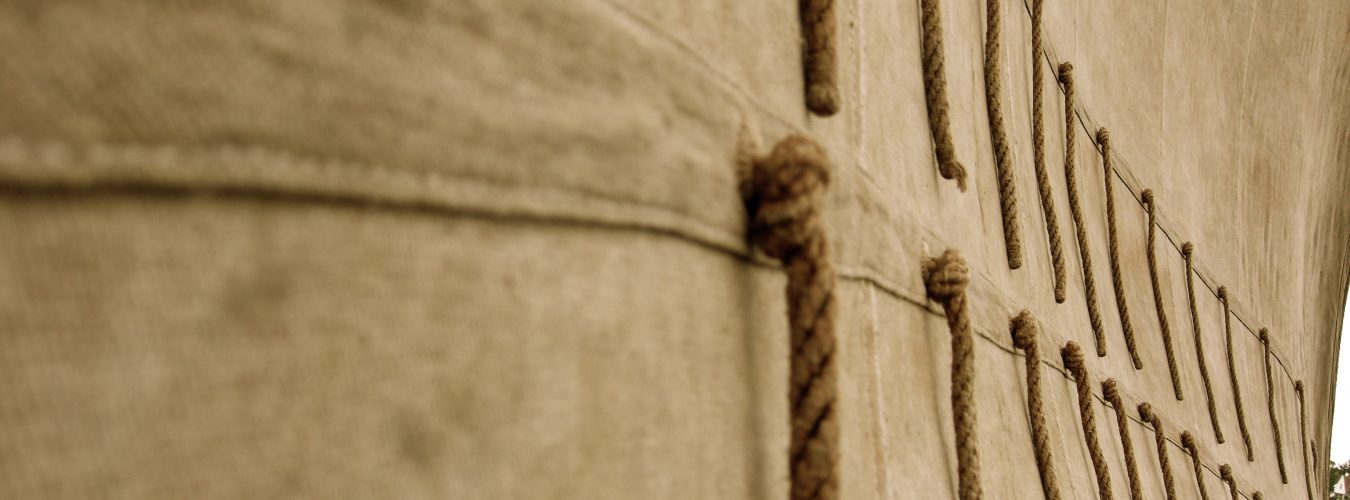CMA masters students spent most of the long bank holiday weekend at Buckler’s Hard in the New Forest learning ancient boat and ship building skills.
The backdrop of the River Beaulieu, the intermittent sunshine and occasional ice cream belie the serious labour (both physical and intellectual) involved in learning to work with adzes and axes. Using a range of replica tools students worked with chunks of oak to recreate boat building technologies from the Bronze Age to the Post Medieval period.
This kind of experimental archaeology offers a unique pedagogical experience. It allows students to engage with the physical labour and bodily practices involved in boat building, as well as the tools, techniques and environment. They experience at first hand the time, co-operation and materials involved and the types of choices engaged in choosing timber and in moving and shaping those timbers collaboratively. Hopefully, they also gain an inkling of the embodied skills and knowledge involved in working with the tools and the wood. When it’s going well an axe moves as an extension of the body, connecting head, hand and timber, and producing a beautiful hollow, rhythmical sound – but it takes a remarkable breadth and depth of knowledge to see boat frames in tree trunks, work with and accommodate knots and imperfections, and to sculpt parts of a boat out of massive pieces of oak.

For researchers this kind of experimental archaeology remains a valuable tool in efforts to better understand seafaring and maritime communities in the past. In replicating something of the experience of ancient boat building, it can open up our ideas about the connections between timber, tools, labour and the social world within which that building took place, as well as offering a unique opportunity to test out our ideas about how ancient boats were constructed, crewed and used. The recent Bronze Age Dover Boat reconstruction is a prime example of this kind of work.
This weekend’s course was also an opportunity for Jon Adams to do some filming for the maritime archaeology MOOC (Massively Open Online Course) we are developing at the CMA. There will be more news on that in the next few months, with – we hope – the first course going live in the autumn.

